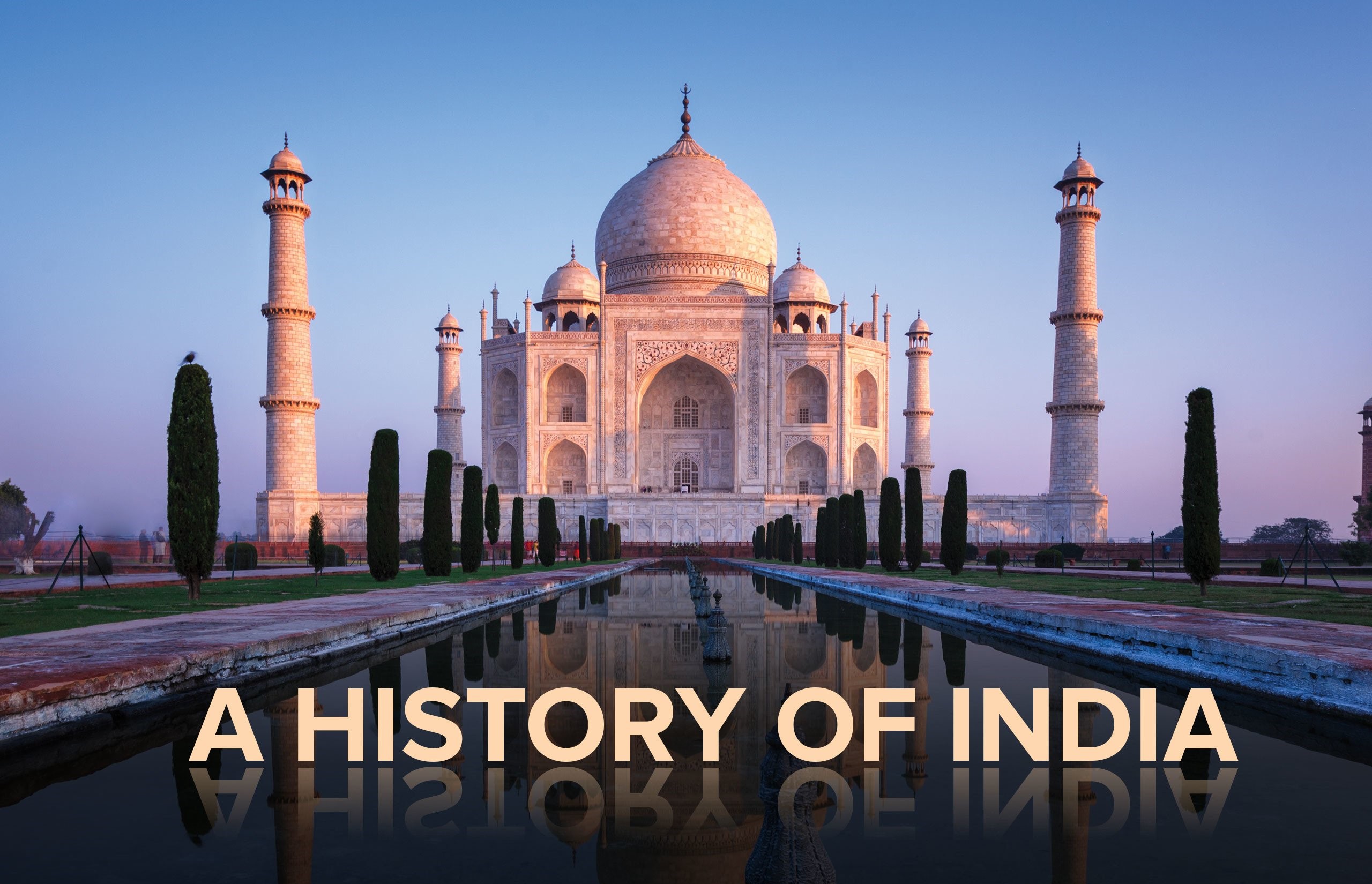Slave Dynasty
( 1206 - 90 AD )
Slave Dynasty ( 1206 - 90 AD )
Qutubuddin Aibak ( 1206-10 )
» A Turkish slave by origin, he was purchased by Mohammad Ghori who later made him his Governor. After the death of Ghori, Aibak became the master of Hindustan and founded the Slave Dynasty in 1206. For his generosity, he was given the title of Lakh Bakhsh (giver of Lakhs).
» He died in 1210 while playing Chaugan or Polo.
» He constructed two mosques- Quwat-ul-Islam at Delhi and Adhai din ka Jhonpra at Ajmer. He also began the constrction of Qutub Minar, in the honour of famous Sufi Saint Khwaja Qutubuddin Bakhtiyar Kaki.
» Aibak was a great patron of learning and patronised writers like Hasan-un- Nizami, author of Taj-ul-Massir' and Fakhruddin, author of 'Tarikh-i-Mubarak Shahi'.
Shamsuddin Iltutmish ( 1211 - 36 )
» He was a slave of Qutubuddin Aibak and occupied the throne of Delhi in 1211 after deposing Aram Bakhsh
» He was a very capable ruler and is regarded as the 'real founder of the Delhi Sultanate'. He made Delhi the capital in place of Lahore.
» He saved Delhi Sultanate from the wrath of Chengiz Khan, the Mongol leader, by refusing shelter to Khwarizm Shah, whom Chengiz was chasing.
» He introduced the silver coin (tanka) and the copper coin (jital). He organised the Iqta System and introduced reforms in civil administration and army, which was now centrally paid and recruited.
» He set up an official nobility of slaves known as Chahalgani / Chalisa (group of 40).
» He completed the construction of Qutub Mrnar which was started by Aibak.
» He patronised Minhaj-us-Siraj; author of 'Tabaqat-i-Nasiri'.
Ruknuddin ( 1236 )
» He was the son of Iltutmish and was crowned by her mother, shah Turkan after death of Iltutmish. He was deposed by Razia, daughter of Iltutmish when he was out of capital to curb a rebellion in Avadh against him.
Razia Sultana ( 1236 - 40 )
» Though Iltutmish had nominated his daughter Razia as the successor, the nobles placed Ruknuddin Firoj on the throne. However, Razia got rid of Ruknuddin and ascended the throne.
» She was the 'first and only Muslim lady who ever ruled India'.
» She was popular among the people but was not acceptable to the nobles and theologians. She further offended the nobles by her preference for an Abyssian slave Yakut.
» Soon after her accession, the governors of Multan, Badaun, Hansi and Lahore openly revolted against her. There was a serious rebellion in Bhatinda. Altunia, governor of Bhatinda refused to accept suzerainity of Razia. Razia accompanied by Yakut marched against Altunia.
» However, Altunia got Yakut murdered and imprisoned Razia. Subsequently, Razia married Altunia and both of them marched towards Delhi.
» In 1240 AD, Razia became the victim of a conspiracy and was assassinated near Kaithal (Haryana).
Bahram Shah ( 1240 - 42 )
» After Razia, Iltutmish s third son Bahram Shah was put on the throne by the powerful turkish council Chalisa.
» He was considered only as de jure ruler, while Naib-e-mamlakat (the regent) was the de facto ruler.
» Bahram Shah lost his life after his failed attempt to assert his authority once on the throne.
Masud Shah ( 1242 -4 6 )
» He was the son of Ruknuddin but was deposed after Balban and Nasiruddin Mahamud's Mother, Malika-e-Jahan conspired against him and established Nasiruddin Mahamud as the new Sultan.
Nasiruddin Mahamud ( 1246 - 66 )
» He was the son of Iltutmish and was known as the Darvesi King as he was very pious and noble. He died in 1266.
Ghiyasuddin Balban ( 1266 - 87 )
» Balban ascended the throne in 1266.
» He broke the power of Chalisa and restored the prestige of the crown. That was his greatest contribution towards the stability of the Sultanate.
» To keep himself well-informed Balban appointed spies.
» He created a strong centralised army to deal with internal disturbances and to cheek Mongols who were posing a serious danger to Delhi Sultante.
» He established the military department Diwan-i-Arz.
» The Persian court model influenced Balban's conception of Kingship. He took up the title of Zil-i-Ilahi (Shadow of God).
» He introduced Sijda (prostration before the monarch) and Paibos (kissing the feet of monarch) as the normal forms of salutation.
» He destroyed the Mewati Rajputa brigandage in the doaht where forests were cut and forts built.
» In his last days he overlooked the Sultanate affairs due to the death of his eldest and most loving son, Muhammad[ and rebellion by his closest and most loved slave, Tughril. Muhammad died fighting the Mongolians in 1285 while Tughril was captured and beheaded.
Kaiqubad ( 1287 - 90 )
A grandson of Balban was seated on the throne by Fakruddin the Kotwal of Delhi who assumed high political authority during the last days of Balban. But Kaiqubad was killed by the Khiliji family, which saw the end of Slave dynasty and beginning of Khiliji dynasty at Delhi throne.
